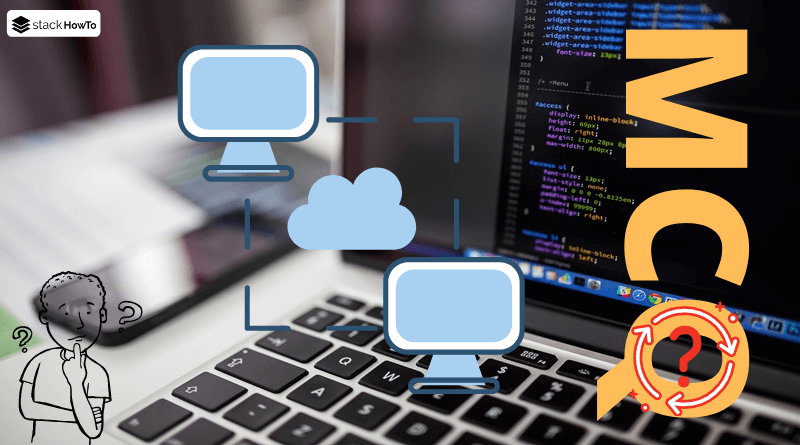What is MPLS in Networking?
In this tutorial, we are going to see What is MPLS in Networking? The term MPLS (an acronym for “MultiProtocol Label Switching”) represents a set of specifications defined by the IETF (Internet Engineering Task Force), which consists of providing the frames circulating on the network with a label that indicates to the routers the path that the data must take. MPLS is used to manage the quality of service by defining 5 classes of service (CoS):
- Video: The class of service for transporting video has a higher priority level than the data classes of service.
- Voice: The class of service for transporting voice has a priority level equivalent to that of video, i.e. higher than the data classes of service.
- High Priority Data (D1): This is the service class with the highest priority for data. It is used in particular for applications with critical needs in terms of performance, availability, and bandwidth.
- Priority Data (D2): This class of service corresponds to non-critical applications with particular requirements in terms of bandwidth,
- Non-priority data (D3): represents the lowest priority class of service.
The MPLS specifications operate at Layer 2 of the OSI model and can be used on IP, ATM, or frame relay networks.





